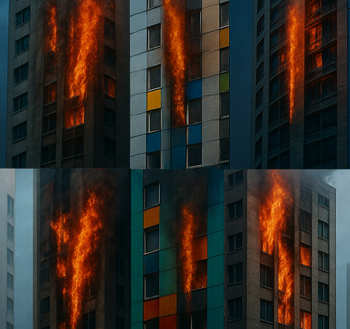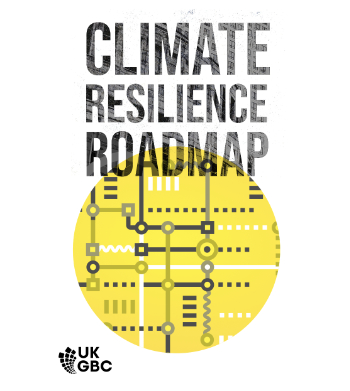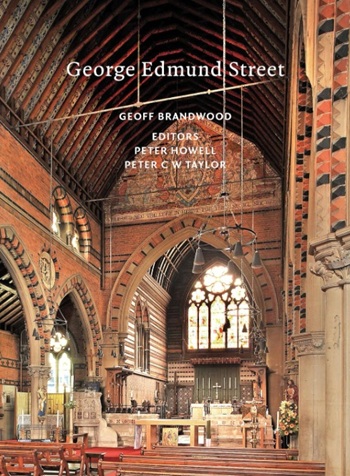Carbon content
Carbon content has a number of slightly differing meanings in different situations:
- Energy: In energy generation, carbon content can mean the carbon dioxide equivalent (or C02e) that is released through the associated or actual combustion or oxidation of a fossil fuel, used to generate electricity. Also referred to as carbon intensity.
- Materials: In the assessment of biogenic, natural and geological materials, carbon content can refer to the amount of carbon that has been sequestered in a material over its lifespan or in existence. For example in timber, an average figure might be that carbon makes up about 50% of the dry mass of a tree or in comparison calcite which is comprised of about 12% carbon (note the density of timber might be around 0.90 g/cm3 whilst calcite is around 2.71 g/cm3). The carbon content of soil is also a significant aspect of interpretation, where normal top-soils might contain from 0.5% to 3.0% organic carbon, peat soils can contain up to 52% carbon by dry weight (Lindsay, 2010). As with timber and calcite it is also important to consider the density of these soils when making comparisons, in that a topsoil might range from 0.5 g/cm3 to 2.2 g /cm3, and tropical peat soils might be in the region of 1.4 g/cm3.
- Products: In the assessment of the environmental performance of products, carbon content can refer to the amount of carbon ( or carbon equivalent ) that is associated with a material on a whole life basis. Depending on the assessment method this will include extraction, processing, installation and potentially end of life scenarios. For example the the ICE carbon database refers to the embodied carbon footprint as the amount of carbon (CO2 or CO2e emission) to produce a material. and differentiates in assessments from cradle to (factory) gate, cradle to site (of use), or cradle to grave (end of life).
- Metals: In the evaluation of metals, in particular steel, carbon content is used to describe the different types, which relate to strength. Low-carbon or mild steels consists of less than 0.30% carbon and are likely to be relatively low grade flexible rolled sheet materials. Medium-carbon steel consists of 0.30% to 0.60% carbon and are likely to be used for axles, gears, shafts, couplings or forgings. High-carbon steel contain more than 0.60% carbon, they are the strongest type, used for durable cutting tools, masonry nails etc. As the carbon content of steel increases, it becomes stronger and harder but also more susceptible to rust and corrosion as well as being more difficult to work with.
[edit] Related articles on Designing Buildings
Featured articles and news
Government consultations for the summer of 2025
A year of Labour, past and present consultations on the environment, the built environment, training and tax.
CMA competitiveness probe of major housing developers
100 million affordable housing contributions committed with further consultation published.
Homes England supports Greencore Homes
42 new build affordable sustainable homes in Oxfordshire.
Zero carbon social housing: unlocking brownfield potential
Seven ZEDpod strategies for brownfield housing success.
CIOB report; a blueprint for SDGs and the built environment
Pairing the Sustainable Development Goals with projects.
Types, tests, standards and fires relating to external cladding
Brief descriptions with an extensive list of fires for review.
Latest Build UK Building Safety Regime explainer published
Key elements in one short, now updated document.
UKGBC launch the UK Climate Resilience Roadmap
First guidance of its kind on direct climate impacts for the built environment and how it can adapt.
CLC Health, Safety and Wellbeing Strategy 2025
Launched by the Minister for Industry to look at fatalities on site, improving mental health and other issues.
One of the most impressive Victorian architects. Book review.
Common Assessment Standard now with building safety
New CAS update now includes mandatory building safety questions.
RTPI leader to become new CIOB Chief Executive Officer
Dr Victoria Hills MRTPI, FICE to take over after Caroline Gumble’s departure.
Social and affordable housing, a long term plan for delivery
The “Delivering a Decade of Renewal for Social and Affordable Housing” strategy sets out future path.
A change to adoptive architecture
Effects of global weather warming on architectural detailing, material choice and human interaction.
The proposed publicly owned and backed subsidiary of Homes England, to facilitate new homes.
How big is the problem and what can we do to mitigate the effects?
Overheating guidance and tools for building designers
A number of cool guides to help with the heat.
The UK's Modern Industrial Strategy: A 10 year plan
Previous consultation criticism, current key elements and general support with some persisting reservations.
Building Safety Regulator reforms
New roles, new staff and a new fast track service pave the way for a single construction regulator.

























Comments
[edit] To make a comment about this article, click 'Add a comment' above. Separate your comments from any existing comments by inserting a horizontal line.